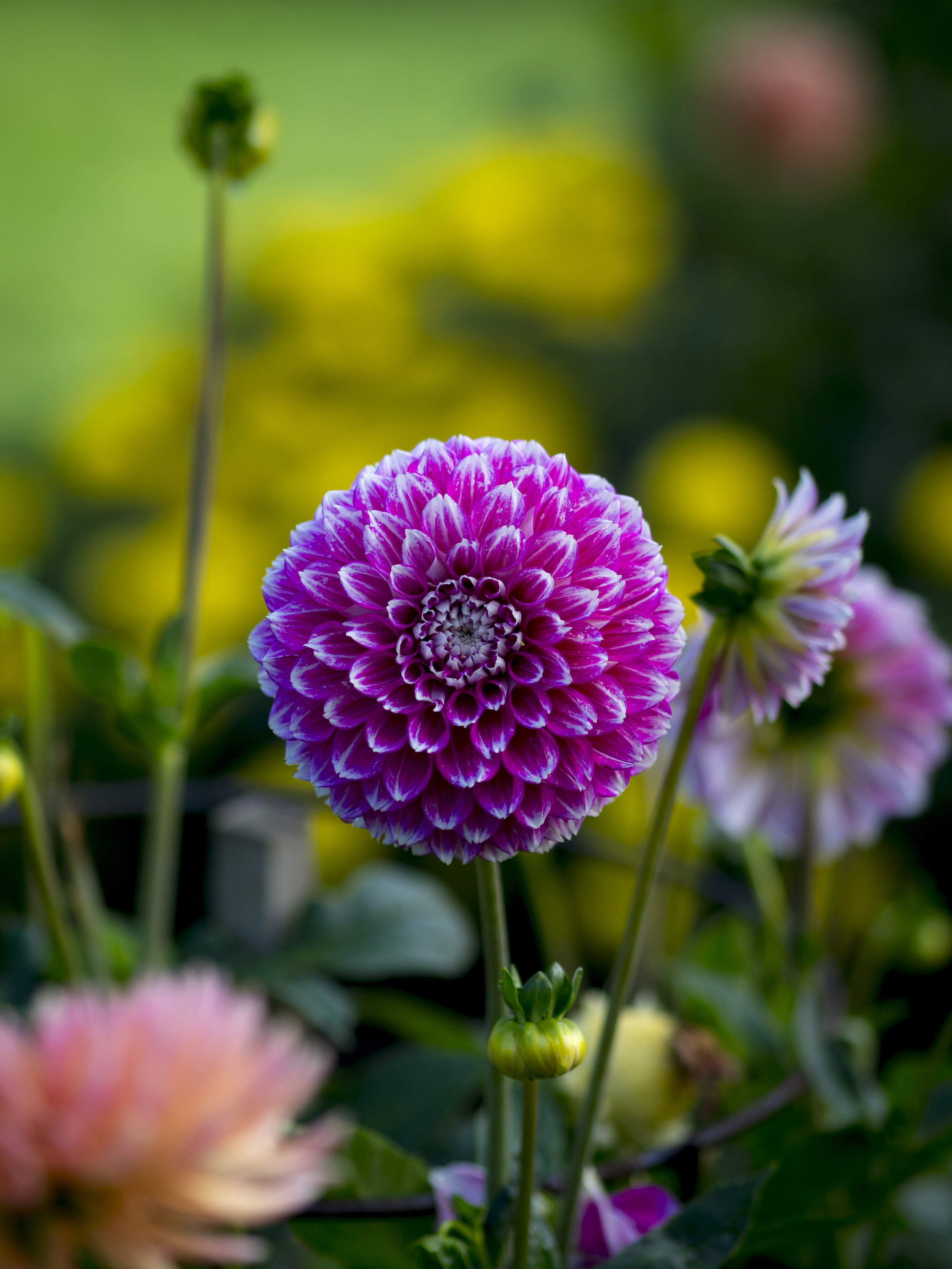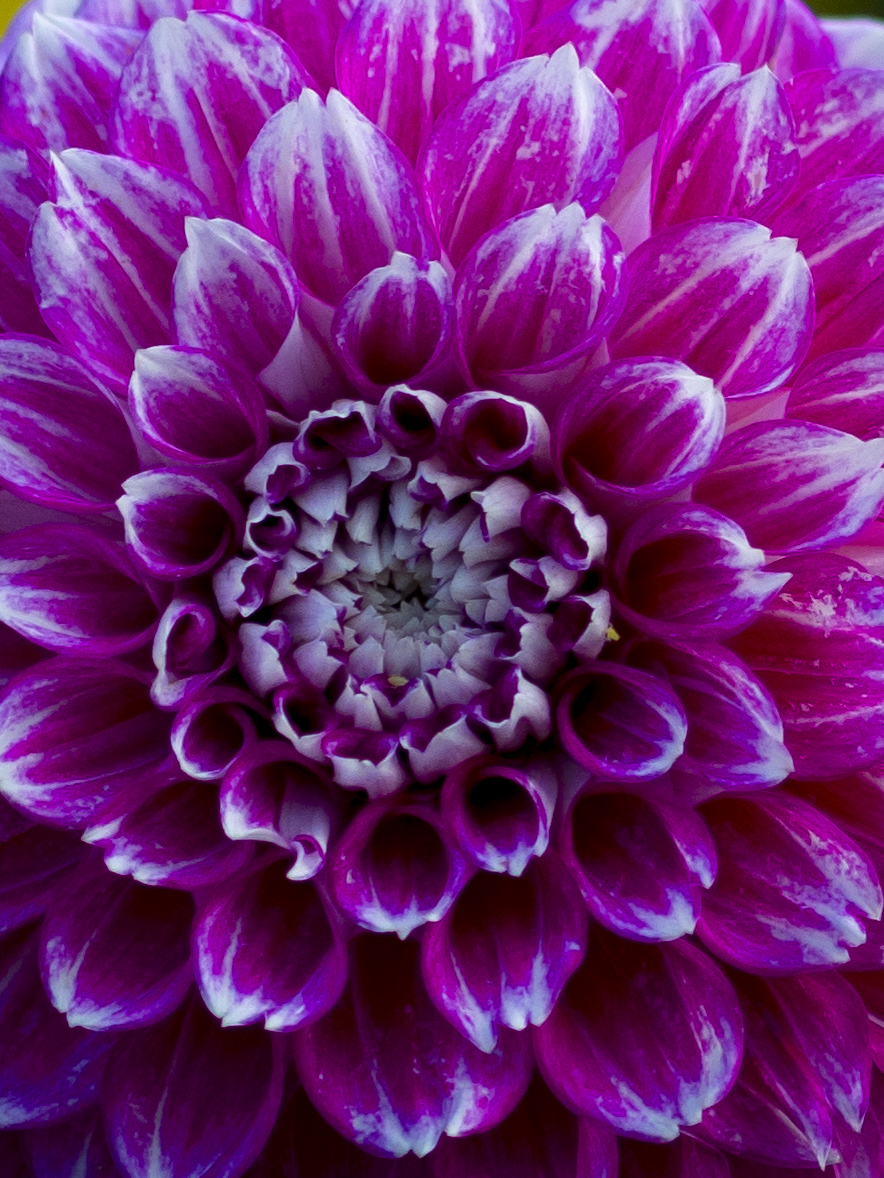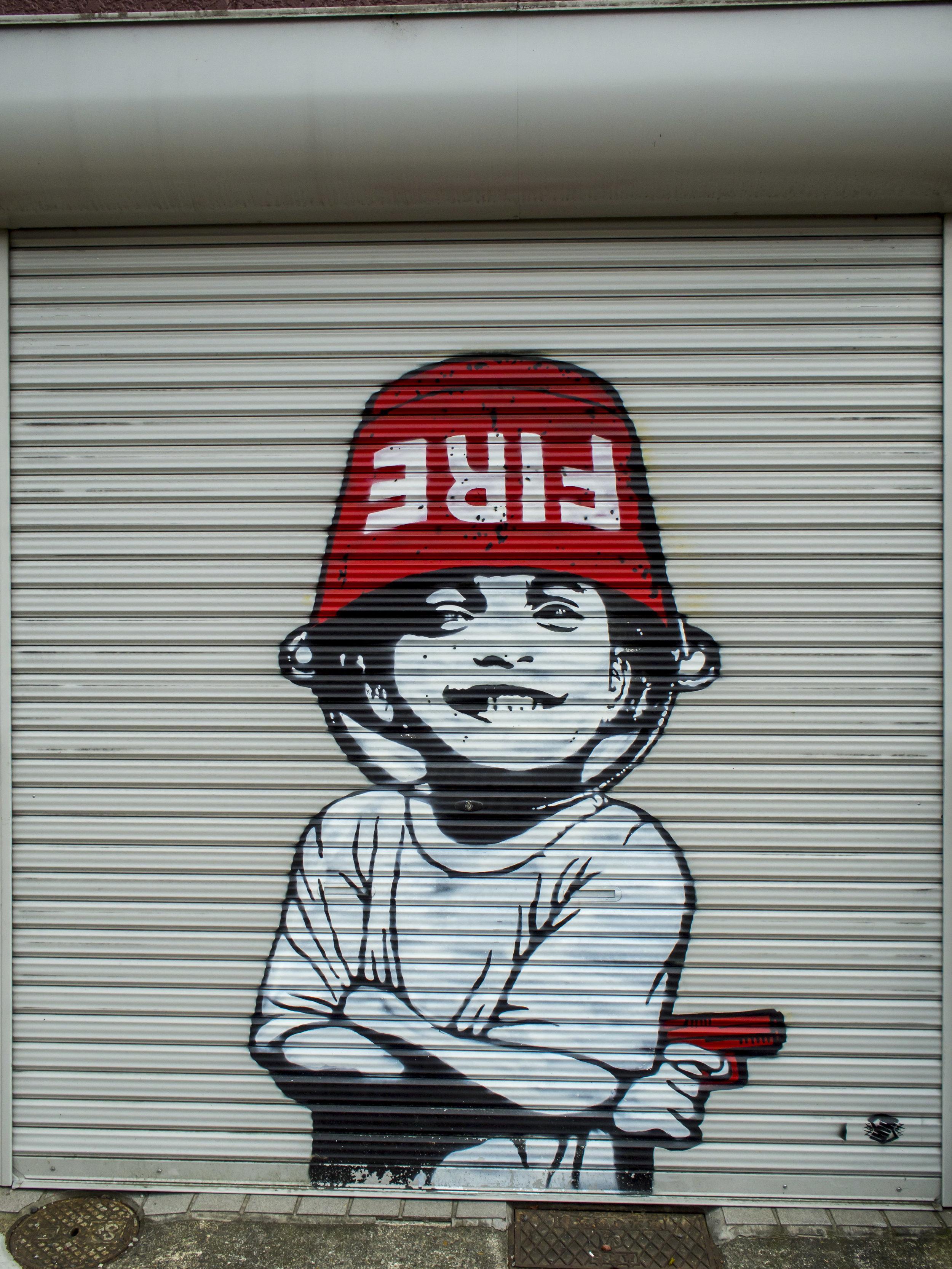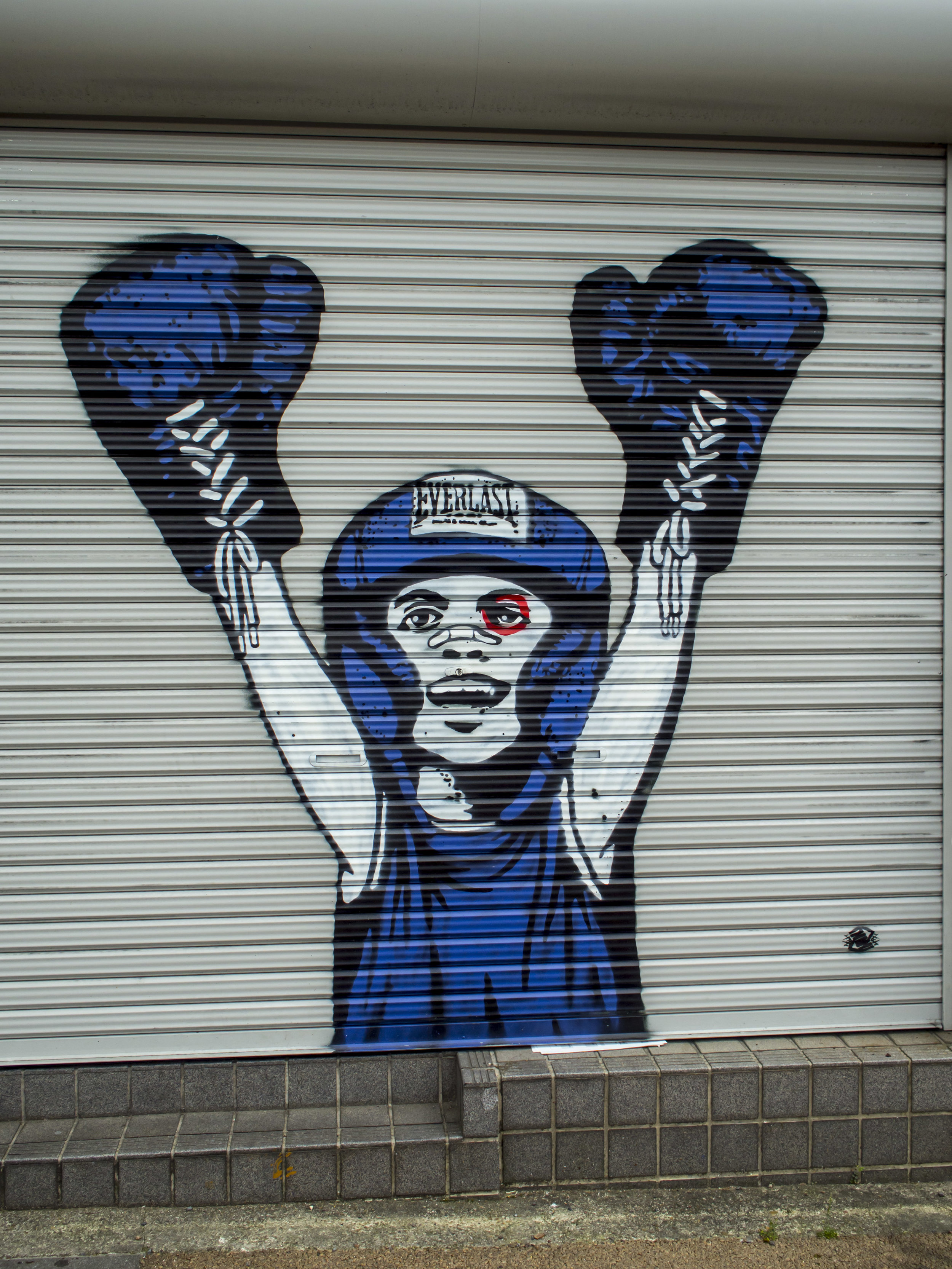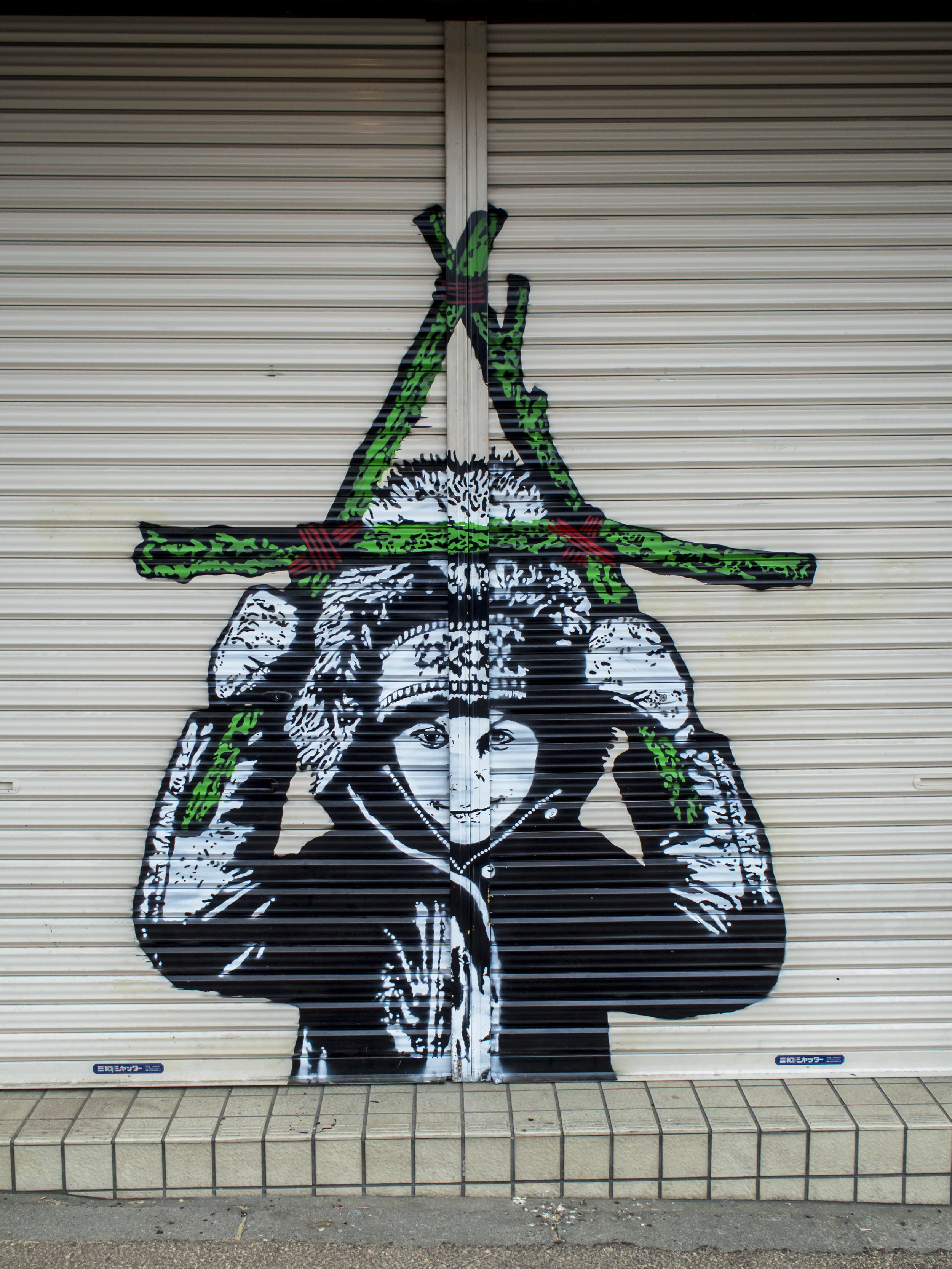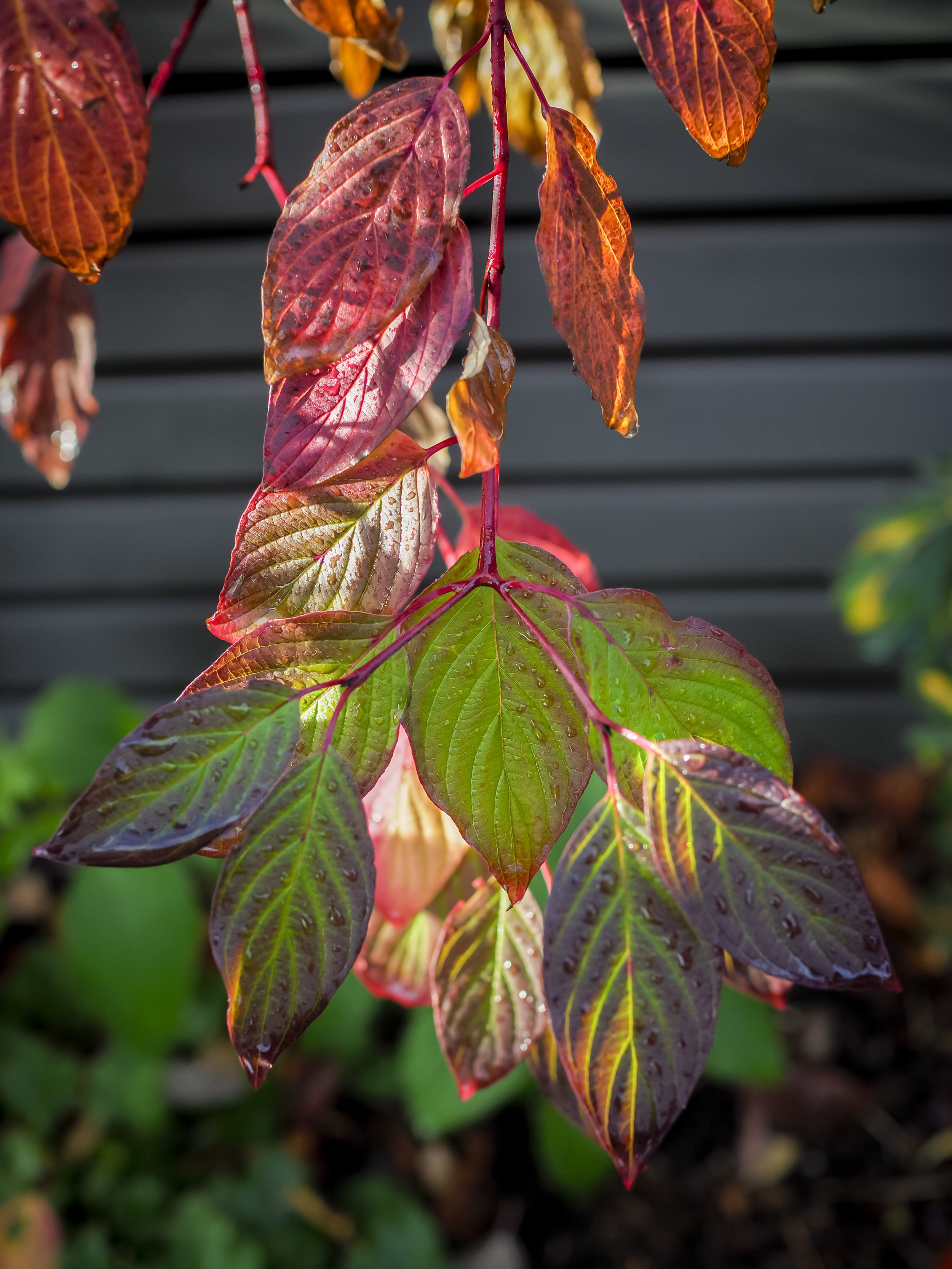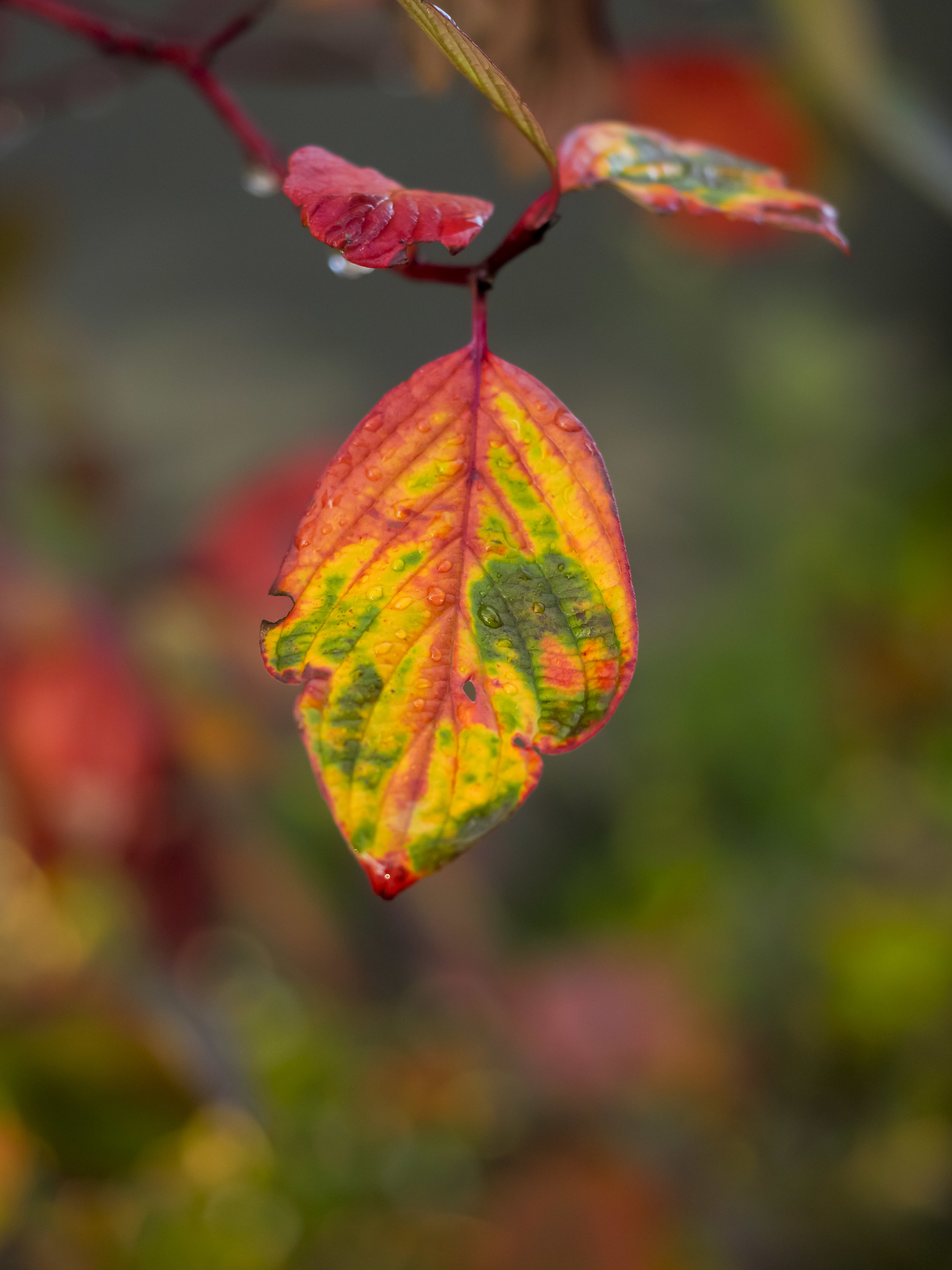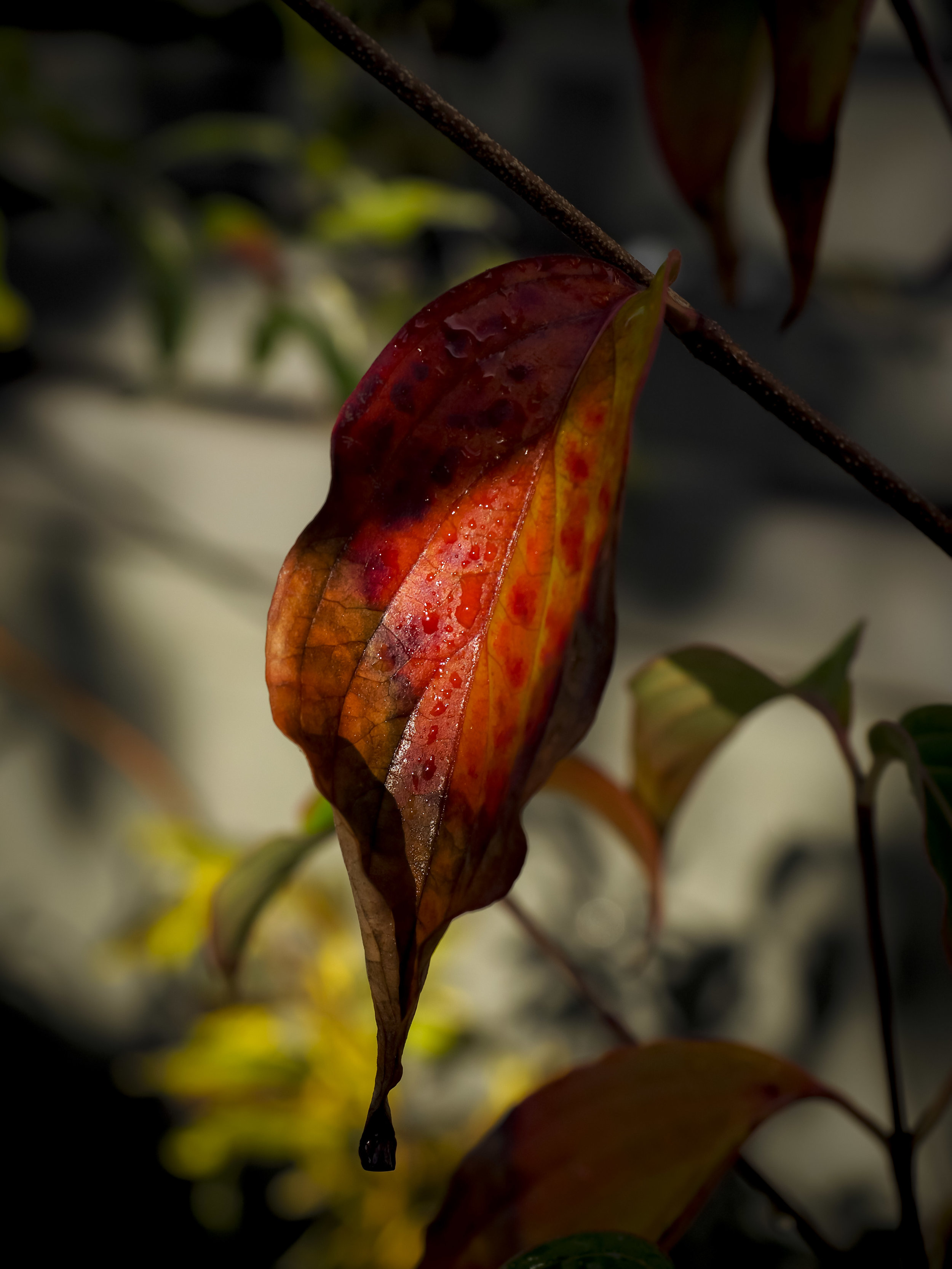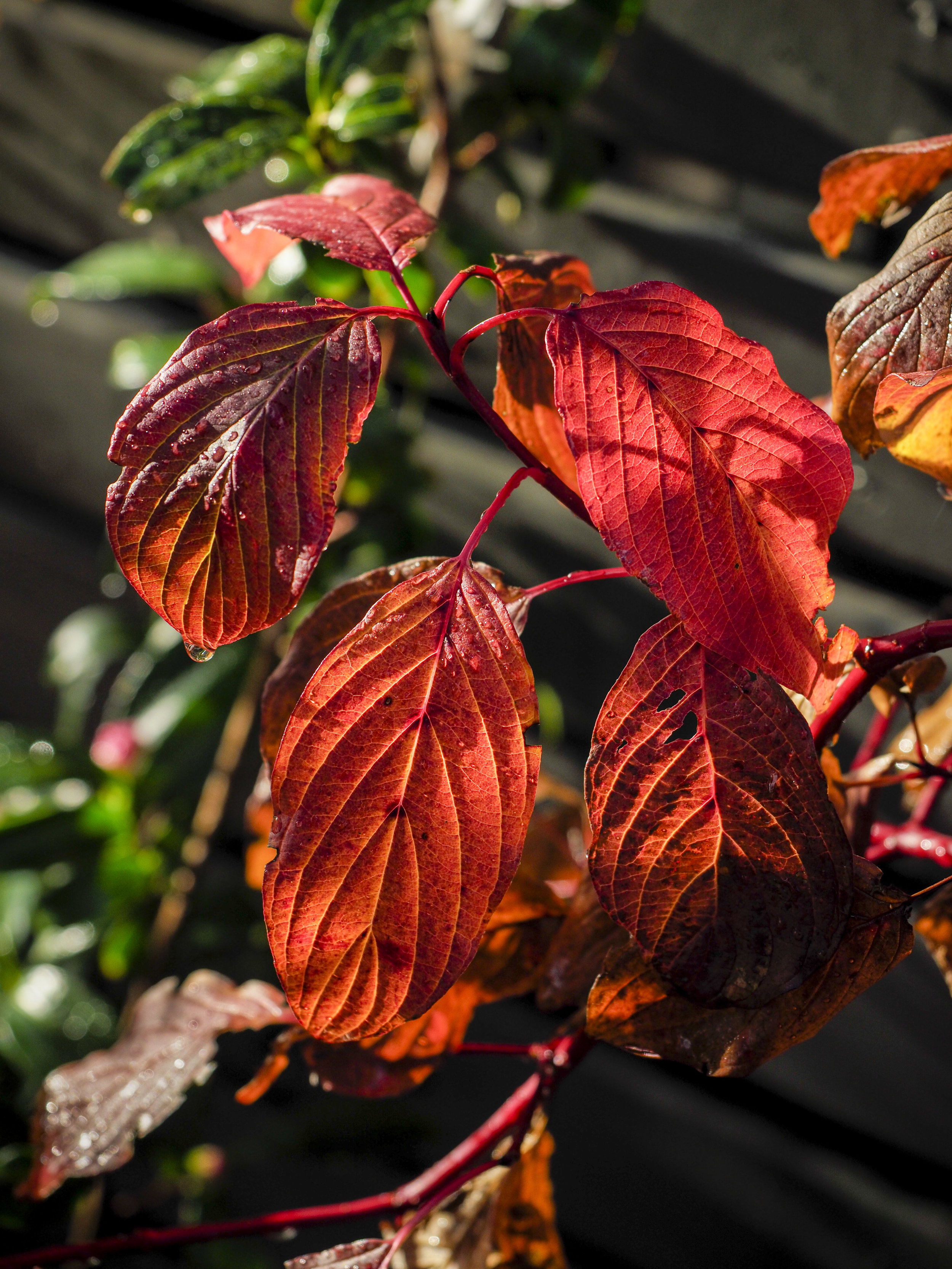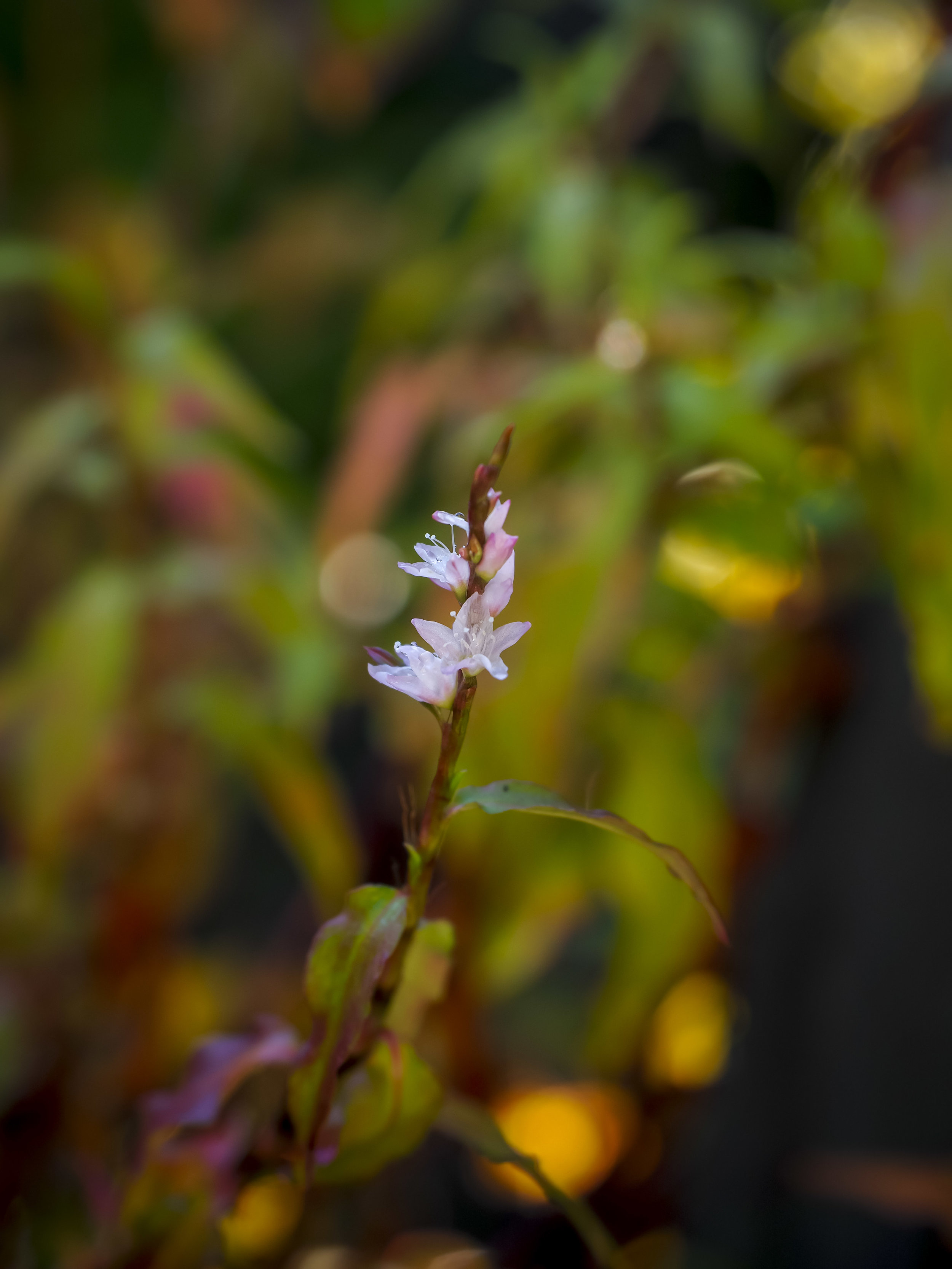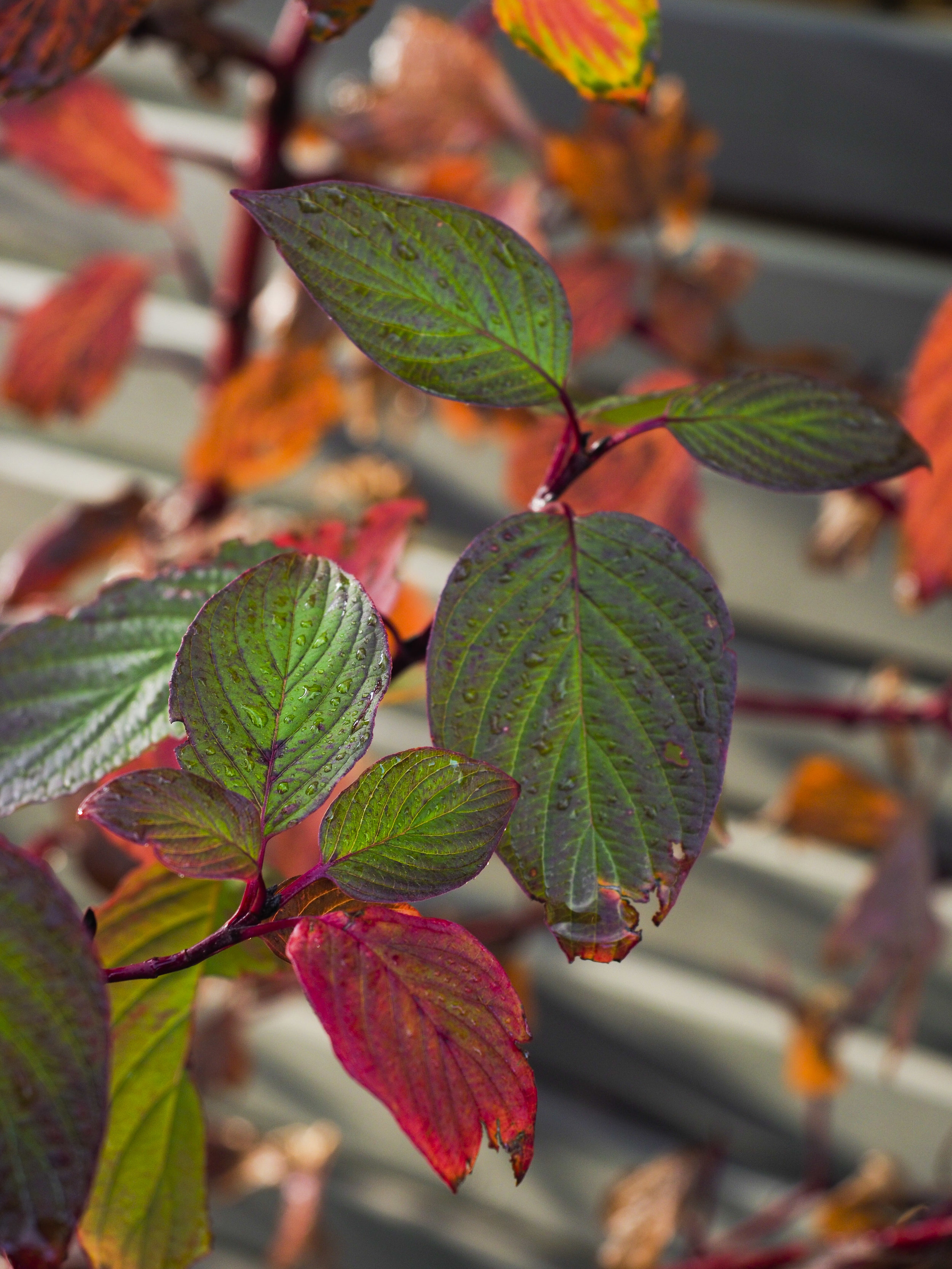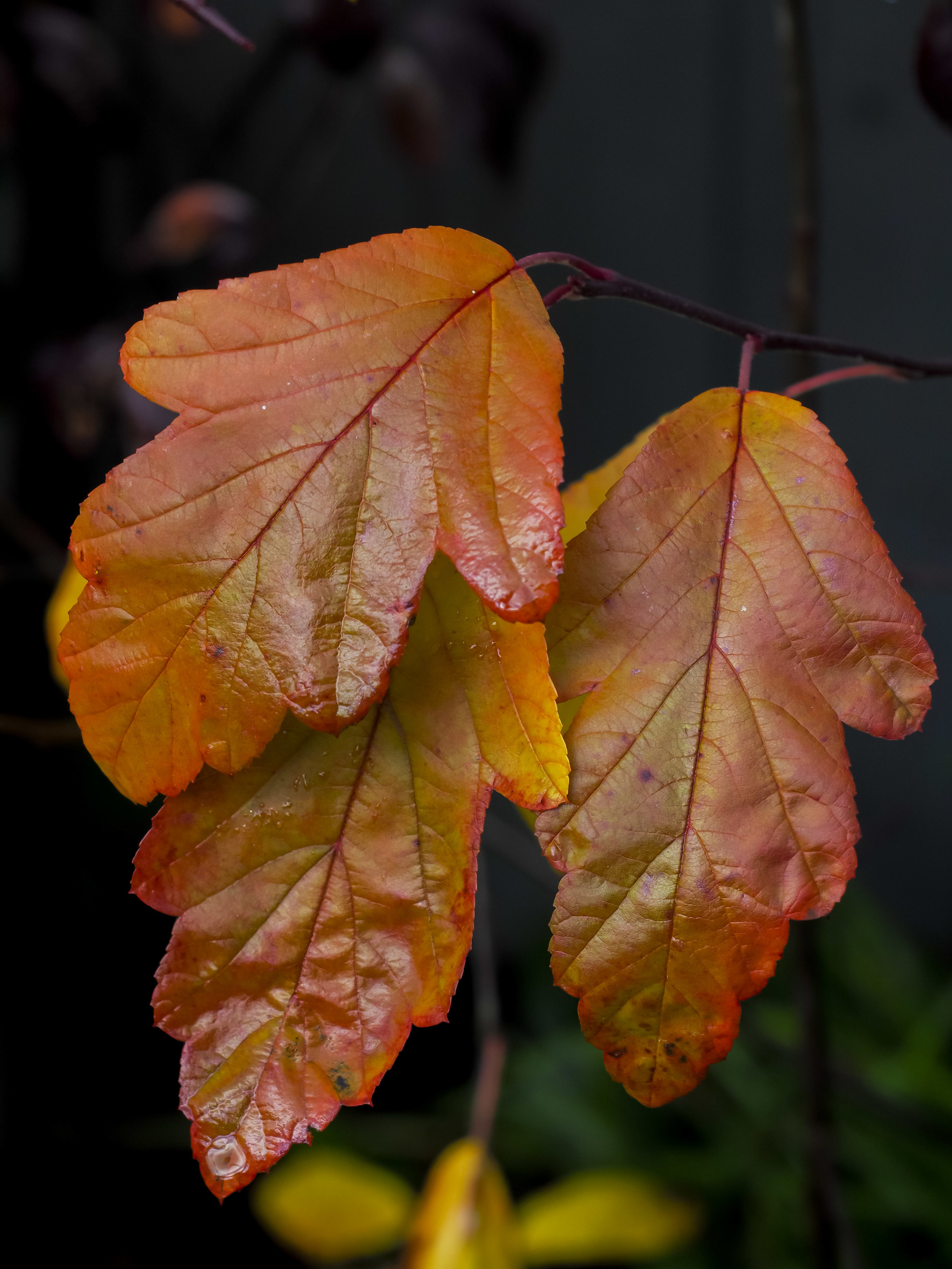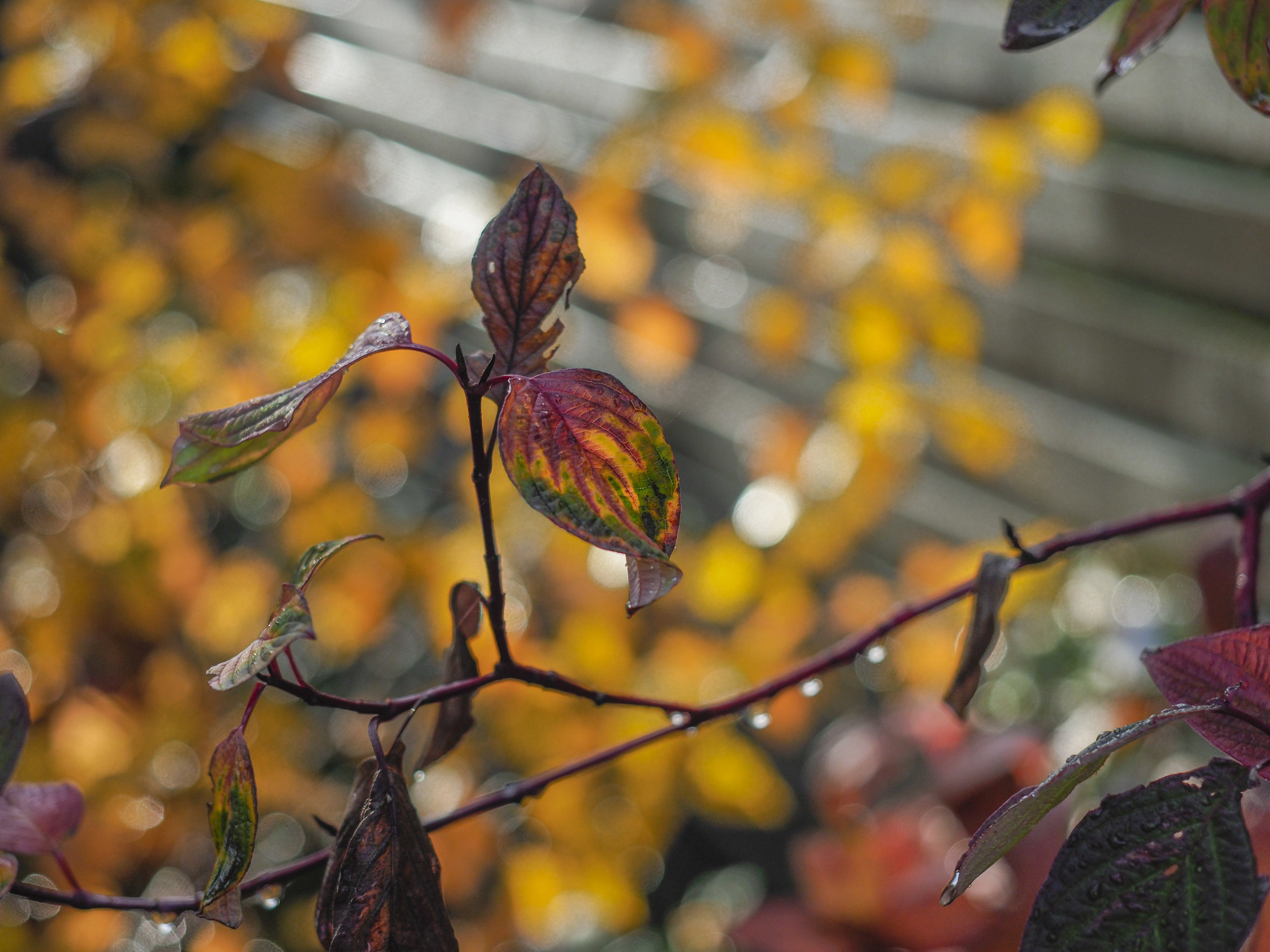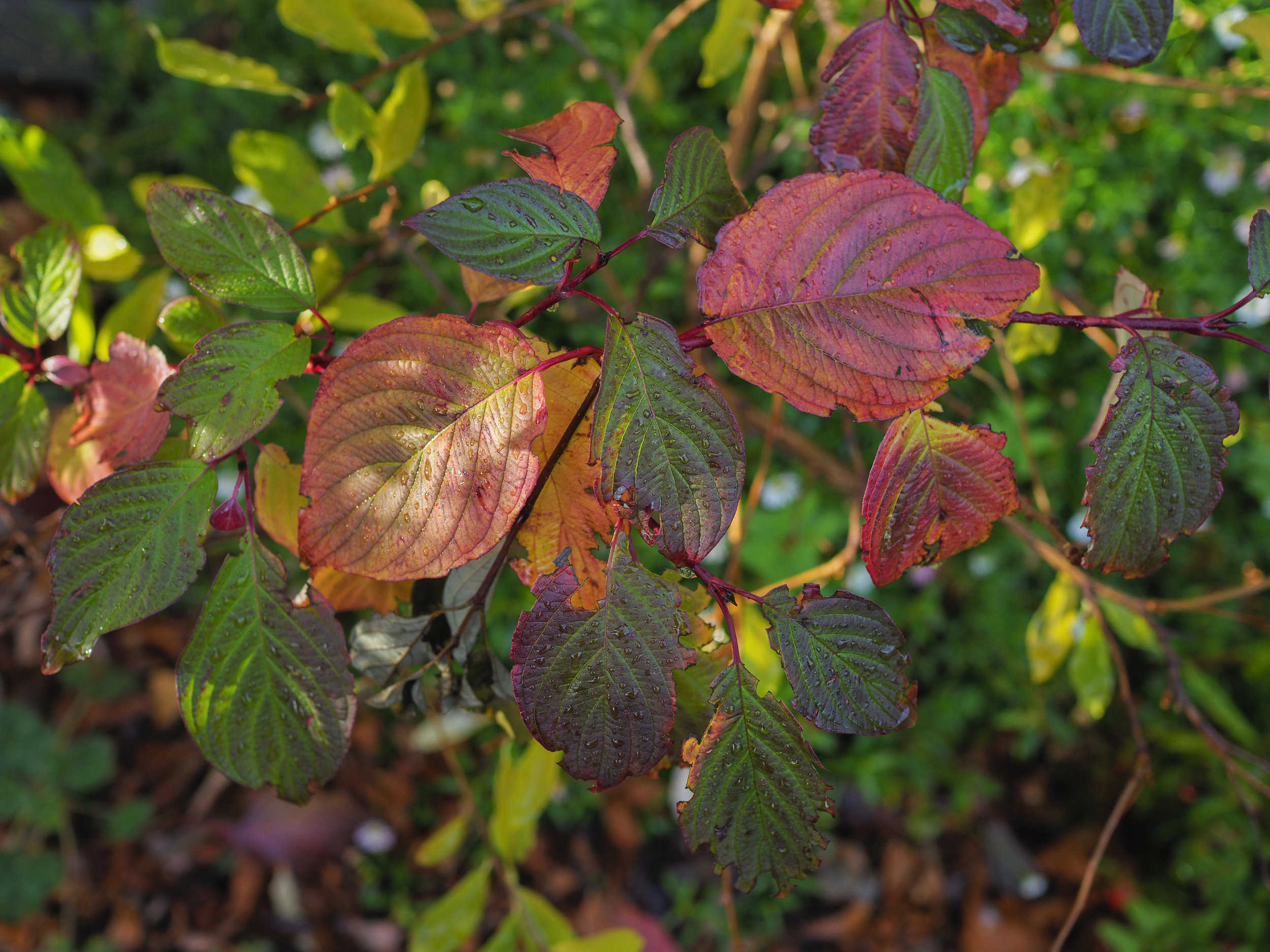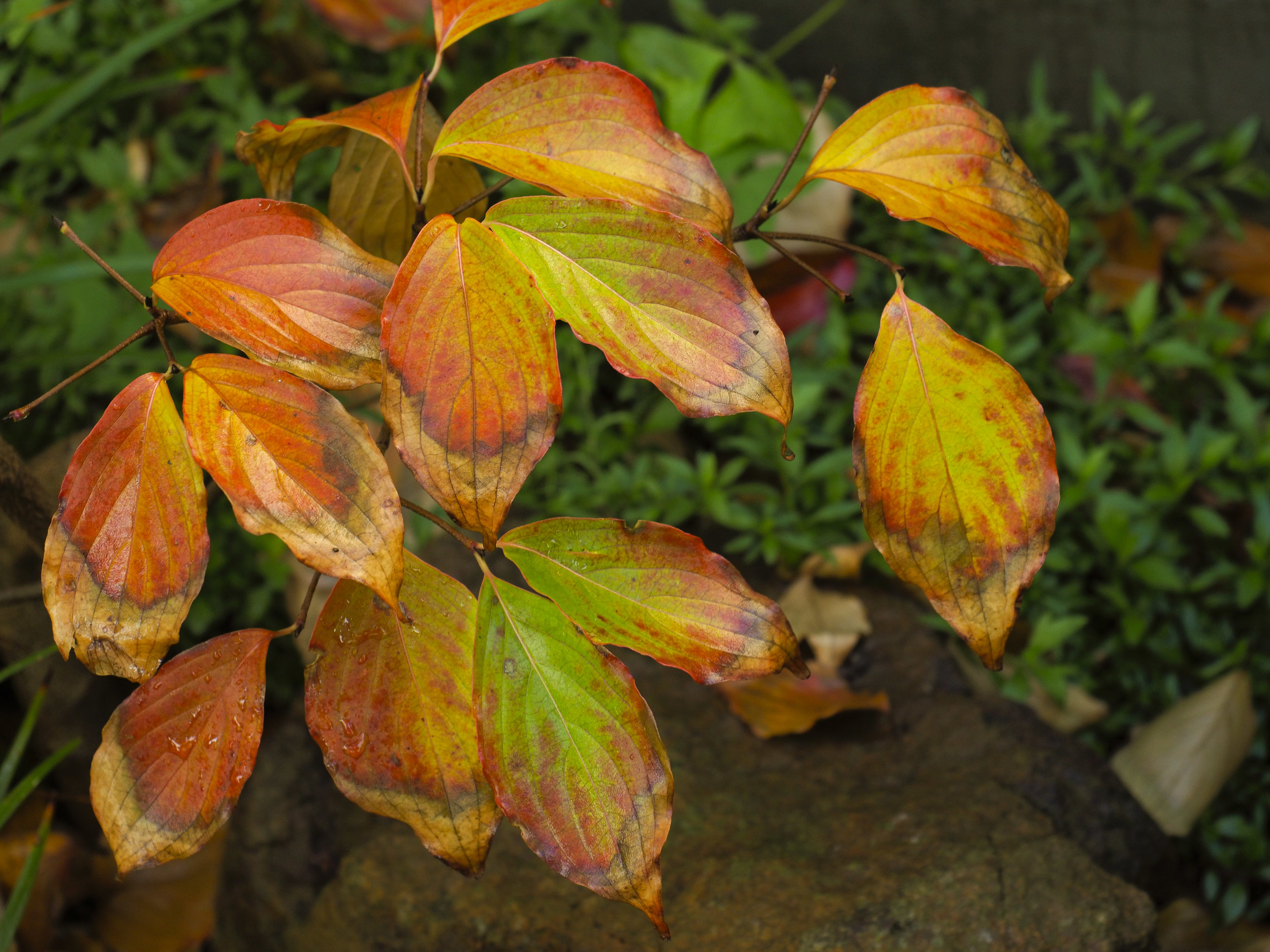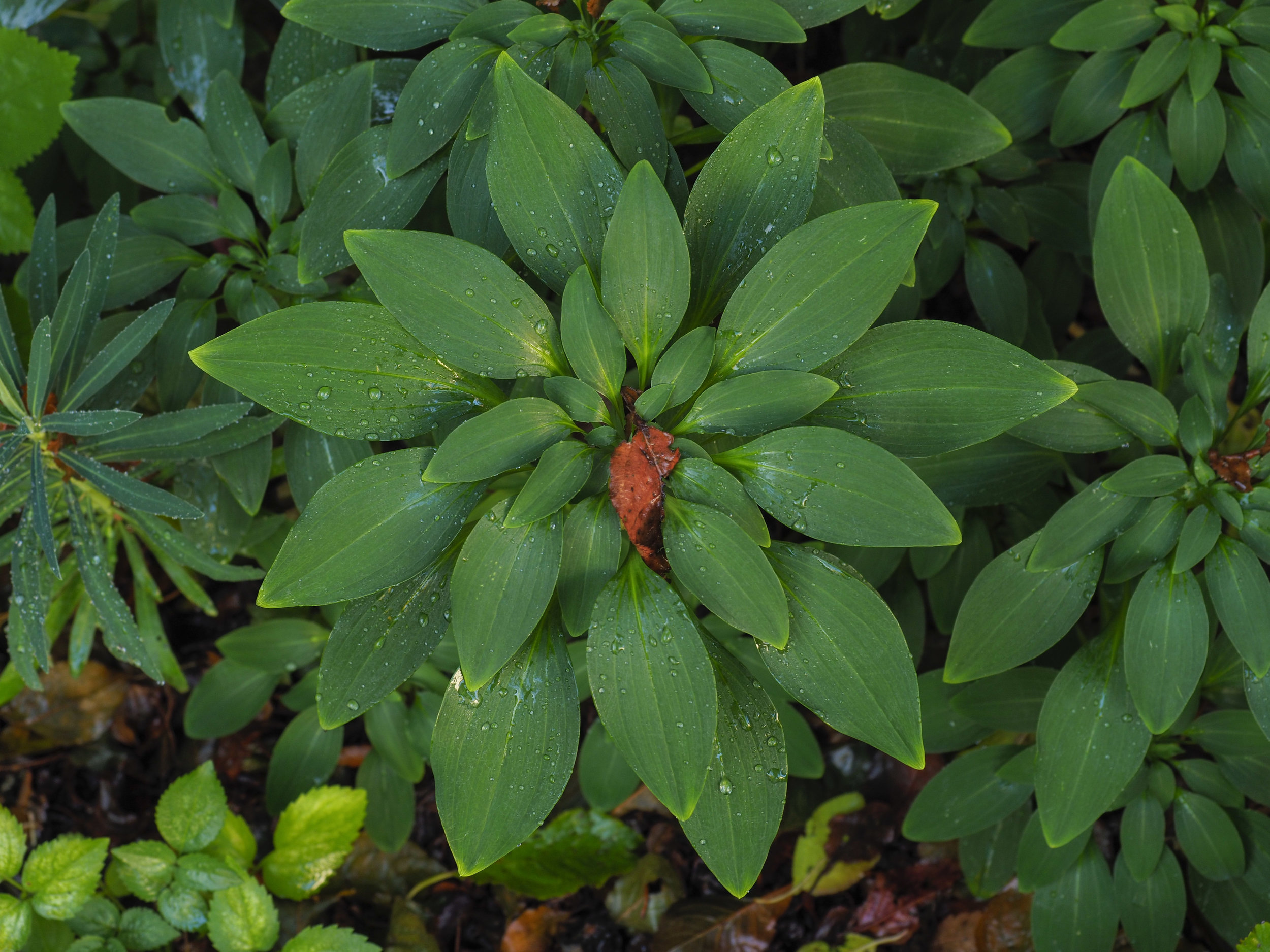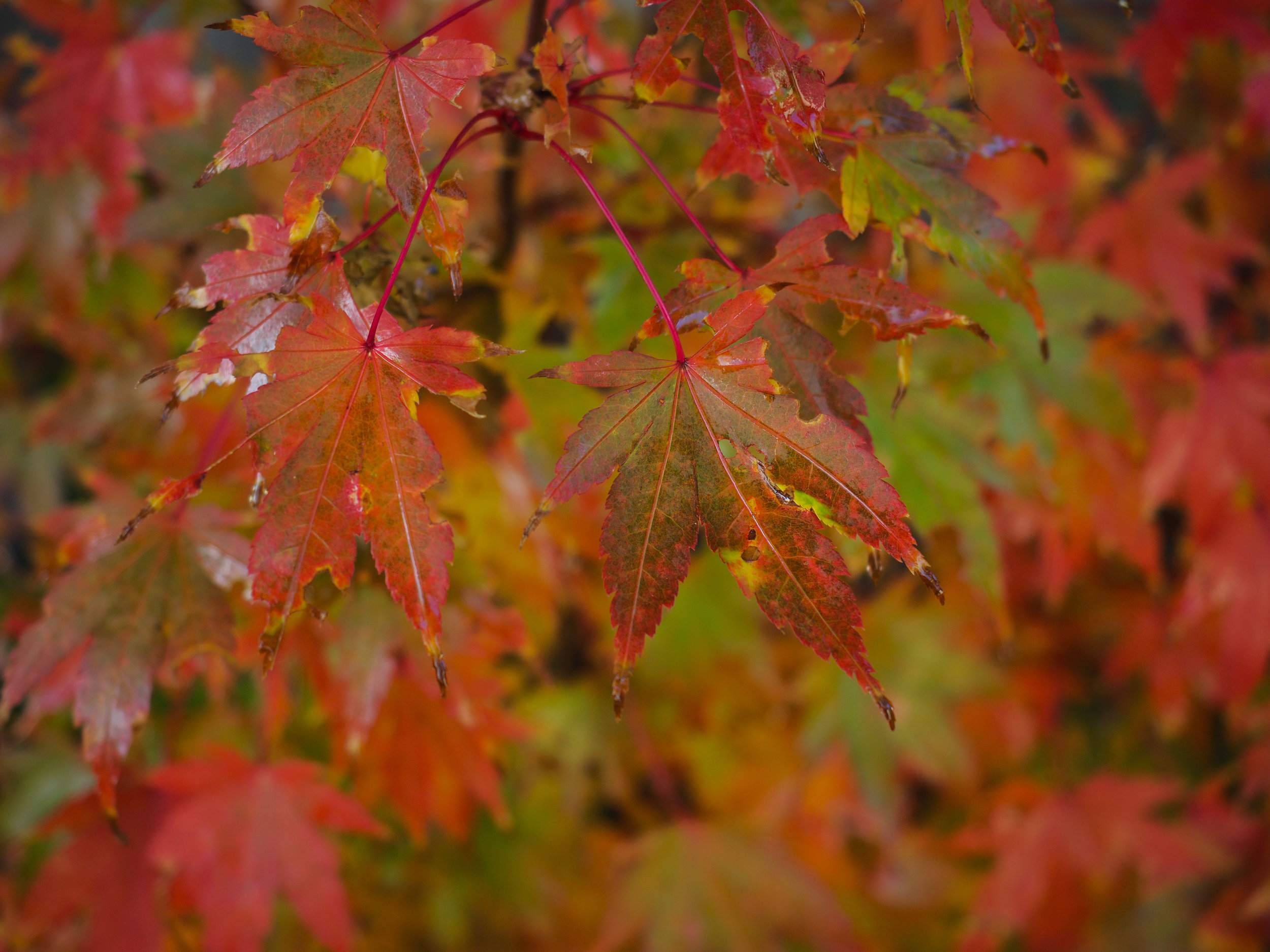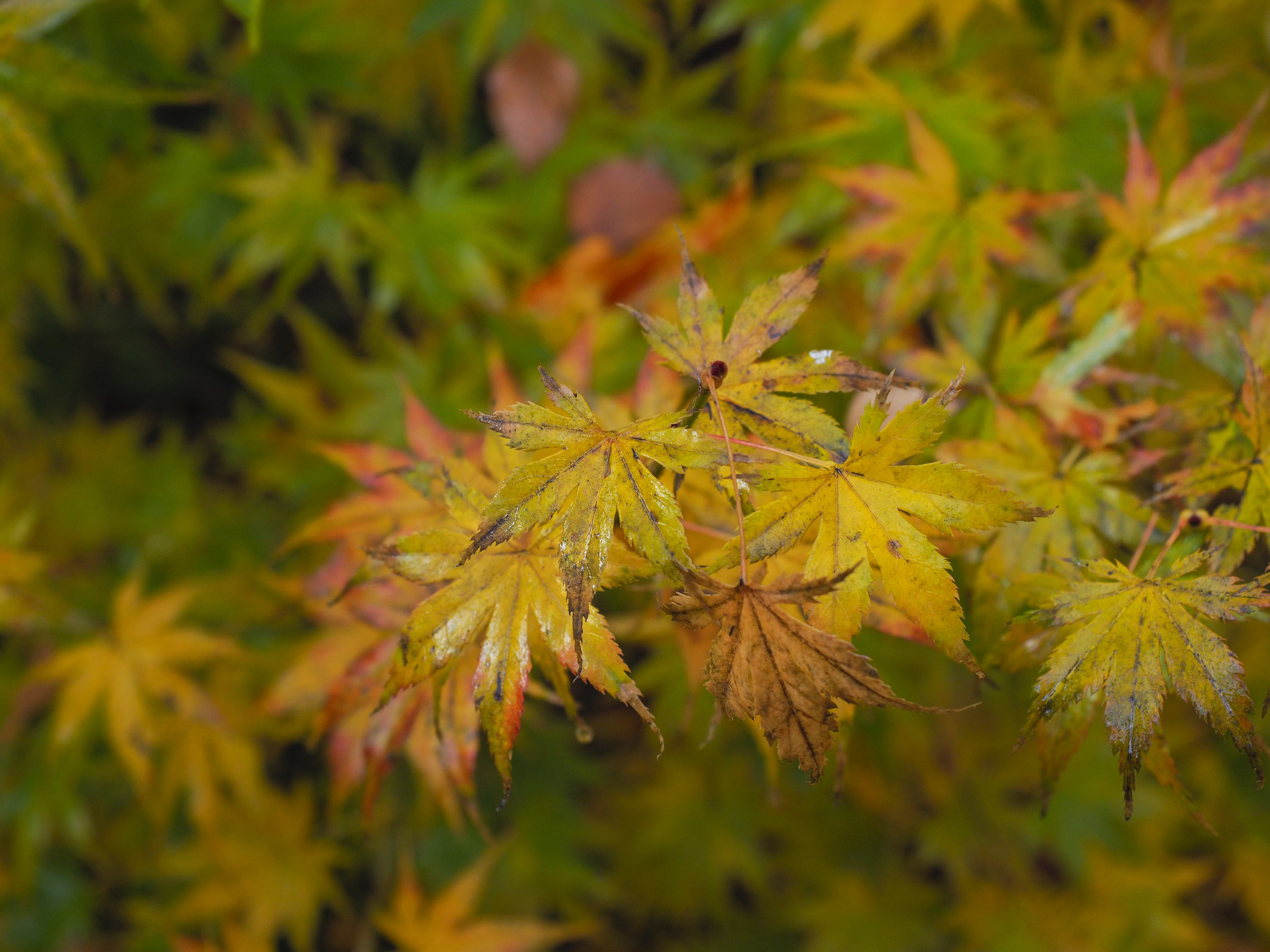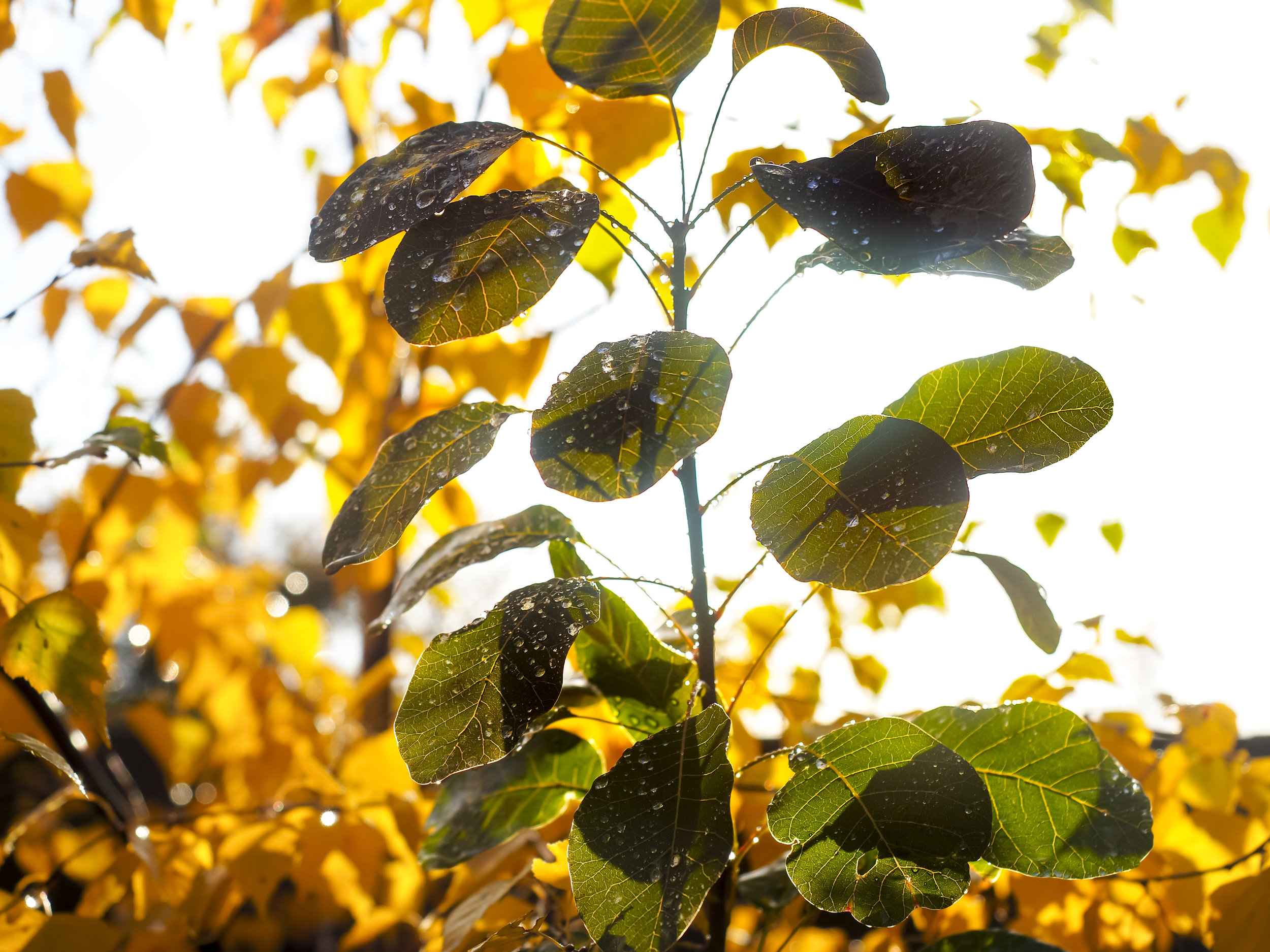What did the lens bring? Sharpness and contrast at a wide aperture, combined with lightning fast AF and bokeh of a type that supports this type of work (coherent, but snappy with smooth, gradual drop off giving good coherence in the immediate back ground).
I should praise the EM5 as well. Any camera that is 3-4 generations out of date, that can still produce this type of image shows an attention to design detail in areas such as shutter lag, AF speed and overall image quality that helps us to put off all too regular upgrades. This image reminds me of one I took 5 years ago when I purchased my first EM5.
Sometimes, in low light work I get the jitters and desire a better/bigger sensor. I am worrying over nothing. With F1.8-2.8 fully usable in a practical sense (providing F2.8-5.6 full frame equivalent depth of field) and noise that looks like very fine and clean film grain, the EM5's stand up well against most full frame equivalents*. Focus accuracy and live viewing also help.
The secret to the goodness with M43 lenses, as with most other formats, is in the lenses. The basic kit lenses are excellent, but it is when you get into at least one fast lens (the 45mm instantly comes to mind), that opportunities open up.
*At the most extreme of extremes, the full frame sensor will test as more powerful, but in practical field conditions, where ISO setting/aperture/shutter speed combinations have a finite limit, they are enough for any realistic situation. Two stops of practical depth of field, accuracy of focus and exposure, sharp lenses at wide apertures and some of the best stabilisers around might add up to a combination of say; F1.8 1/125th (75mm actual focal length lens) at ISO 1600 where the full frame may need F2.8, 1/250th (150mm lens) at ISO 12,800 for the same result!
It is only fast moving subjects in very poor light that force high shutter speeds/ISO settings, with fast lenses already wide open that the full frame shows more legs, but again, not if M43 can supply a faster lens for the reach. Oddly, the comparison is most effective with full frame cameras. Many crop frame models blur the differences in apertures and depth of field benefit, reducing the differences to stabiliser/lens quality comparisons.



